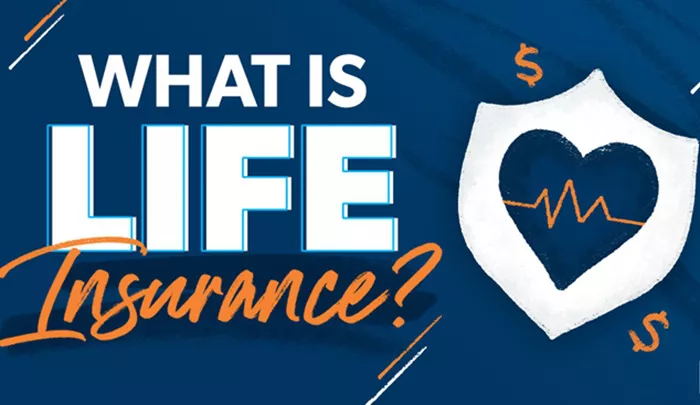When considering life insurance policies, understanding the cash value component is crucial. The cash value of a life insurance policy is a feature typically associated with permanent life insurance policies, such as whole life or universal life insurance. This component can be a significant factor in choosing the right policy for your needs. Here’s an in-depth look at the cash value of a $10,000 life insurance policy, how it works, and what factors influence it.
1. What is Cash Value in Life Insurance?
Definition and Purpose: The cash value is a savings component that accumulates over time as you pay your premiums. Unlike term life insurance, which only provides a death benefit, permanent life insurance policies build cash value that the policyholder can access during their lifetime.
Growth and Accumulation: The cash value grows at a guaranteed rate set by the insurer or based on the performance of investments if the policy includes an investment component, such as in variable universal life insurance. Over time, this growth can become a substantial amount, providing financial benefits beyond the death benefit.
2. Determining the Cash Value of a $10,000 Policy
Policy Type: The type of life insurance policy significantly affects the cash value. Whole life insurance policies generally have a fixed interest rate for cash value growth, while universal life policies may offer more flexible growth options based on market performance.
Premium Payments: Regular premium payments contribute to the cash value accumulation. Higher premiums generally lead to a faster accumulation of cash value. The portion of your premium that goes towards the cash value is determined by the policy terms and the cost of insurance coverage.
Duration: The length of time the policy has been in force is critical. In the early years, a larger portion of the premium goes towards administrative costs and the death benefit. Over time, more of the premium contributes to the cash value, leading to faster growth in later years.
See also: How Much Does 1 Day Car Insurance Cost?
3. Accessing the Cash Value
Policy Loans: Policyholders can borrow against the cash value of their life insurance policy. These loans typically have favorable terms and do not require credit checks. However, unpaid loans and interest can reduce the death benefit.
Withdrawals: Some policies allow for partial withdrawals from the cash value. Withdrawals may be subject to fees and taxes, and they reduce the overall cash value and potential death benefit.
Surrendering the Policy: If you choose to surrender or cancel the policy, you can receive the cash surrender value, which is the cash value minus any applicable surrender charges. This option should be considered carefully, as it terminates the life insurance coverage.
4. Factors Influencing Cash Value Accumulation
Interest Rates: The interest rate applied to the cash value is a significant factor. Whole life policies offer guaranteed rates, while universal life policies may have variable rates tied to market performance.
Fees and Charges: Administrative fees, cost of insurance, and other charges can affect the cash value growth. Understanding these fees is essential when evaluating the potential cash value of a policy.
Dividends: Some whole life insurance policies pay dividends, which can be used to increase the cash value. Dividends are not guaranteed, but they can significantly enhance the policy’s cash value if paid consistently.
See also: Your New Health Insurance Has A $4,000 Deductible. What Does That Mean?
5. Estimating the Cash Value Over Time
Initial Years: In the first few years, the cash value of a $10,000 life insurance policy is likely to be modest due to higher initial costs and lower allocations to the cash value component.
Mid-Term Growth: As the policy matures, the cash value growth accelerates. After 10 to 20 years, the cash value can be a substantial portion of the death benefit, depending on the policy terms and premium payments.
Long-Term Accumulation: Over several decades, the cash value can grow significantly, potentially equaling or exceeding the policy’s death benefit. This long-term growth provides a valuable financial resource for policyholders.
Conclusion
The cash value of a $10,000 life insurance policy varies based on the policy type, premium payments, duration, and other factors. Understanding how these elements interact can help policyholders make informed decisions about their life insurance coverage. Whether considering policy loans, withdrawals, or surrendering the policy, it’s essential to evaluate the long-term benefits and implications carefully. By comprehensively understanding the cash value component, policyholders can maximize the financial benefits of their life insurance policy and ensure it aligns with their overall financial goals.
Related Topics:

